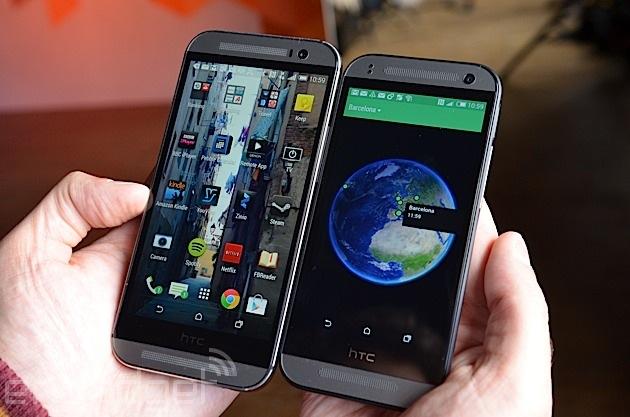
“Premium” smartphones, or flagship smartphones, are the phones that receive the most press year after year. The Samsung Galaxy S, the iPhone, the HTC One, LG G, Sony Xperia, and Samsung Galaxy Note series are some of the most renowned models that come out year after year, and with each passing generation the phones only ever get better. Of course, with flagship phones comes a flagship price, which usually means beaucoup dollars out of the wallet. But times are a-changing here in the mobile industry, and lately it would seem that it’s no longer all about the flagship phones.
Now it’s about those mid-range devices, which were once a taboo subject in this industry. Lately, though, mid-range devices are closing in on the popularity of flagship phones when it comes to how often they’re discussed - and in a good way.
Mid-range smartphones were once better known for being cost-effective rather than have decent performance. You could expect a better experience from a mid-range smartphone than you could from a low-end device, but you would still need to expect to encounter a slew of issues here and there: slow response times, force closes, random shut downs, lackluster battery life, and poorer camera quality. But that’s the sacrifice that you made, and “You get what you pay for” was definitely an appropriate mantra to use if you decided to go that route.
If you take the time to look at the selection of mid-range smartphones today, however, you might be surprised to find that they’re really not that bad. In fact, some of the phones on the market today are priced like they’re mid-range, but they’re really close to being on par with flagships. Just look at the OnePlus One or the Nexus 5, for example. Both cost considerably less (full-price) than flagships, but there are very few differences between a flagship and one of these two devices.
And then you have phones like the HTC One Mini 2, the Xperia Z1 Compact, HTC Desire 816, and the Moto G. These are also in a lower price range but perform like champs with the Snapdragon 400 processor. On paper it might not be the snappiest processing power, but in real life the speed at which this processor can perform might actually surprise you, especially given the low price you’re paying (particularly in the case of the Moto G).
I like the direction that mid-range phones are going. A lot of smartphones are ridiculously expensive, and not everybody can afford that. I’m pleased that people who can’t afford the massive price tag that comes with some of these awesome phones aren’t limited to worthless gadgets that hardly work when you need them to. As somebody who doesn’t make a lot of money, this is something that I can appreciate. Now if I ever need a replacement phone on the fly, I can get a decent one for less than $200 or $300.
Because of this, I no longer put a negative stigma on mid-range phones. Just a couple of years ago, as a Sprint employee, I learned to loathe them because they always came back with problems. You wanted your customers to get the more expensive model, not because I would get a higher commission (which you wouldn’t - price of the phone didn’t matter) but because in the end the customers ended up a lot happier because their phone worked. If I were to go back into phone retail again, I would be more than happy to point them in the direction of some of the mid-range models. It’s just a win-win all around; cheap price, good performance. That’s all you can really ever hope for, right?
Readers, what are your thoughts on how mid-range phones are doing? Do you find yourself looking at some mid-range phones now, or do you still prefer premium phones over anything else? Let us know in the comments below!
Images via Engadget, Android Community